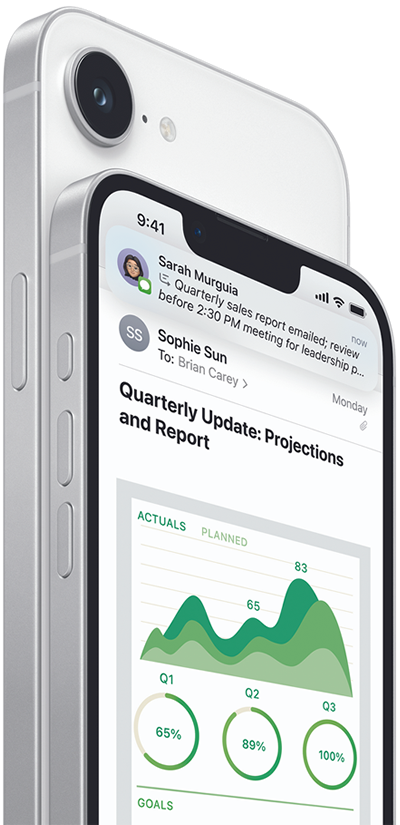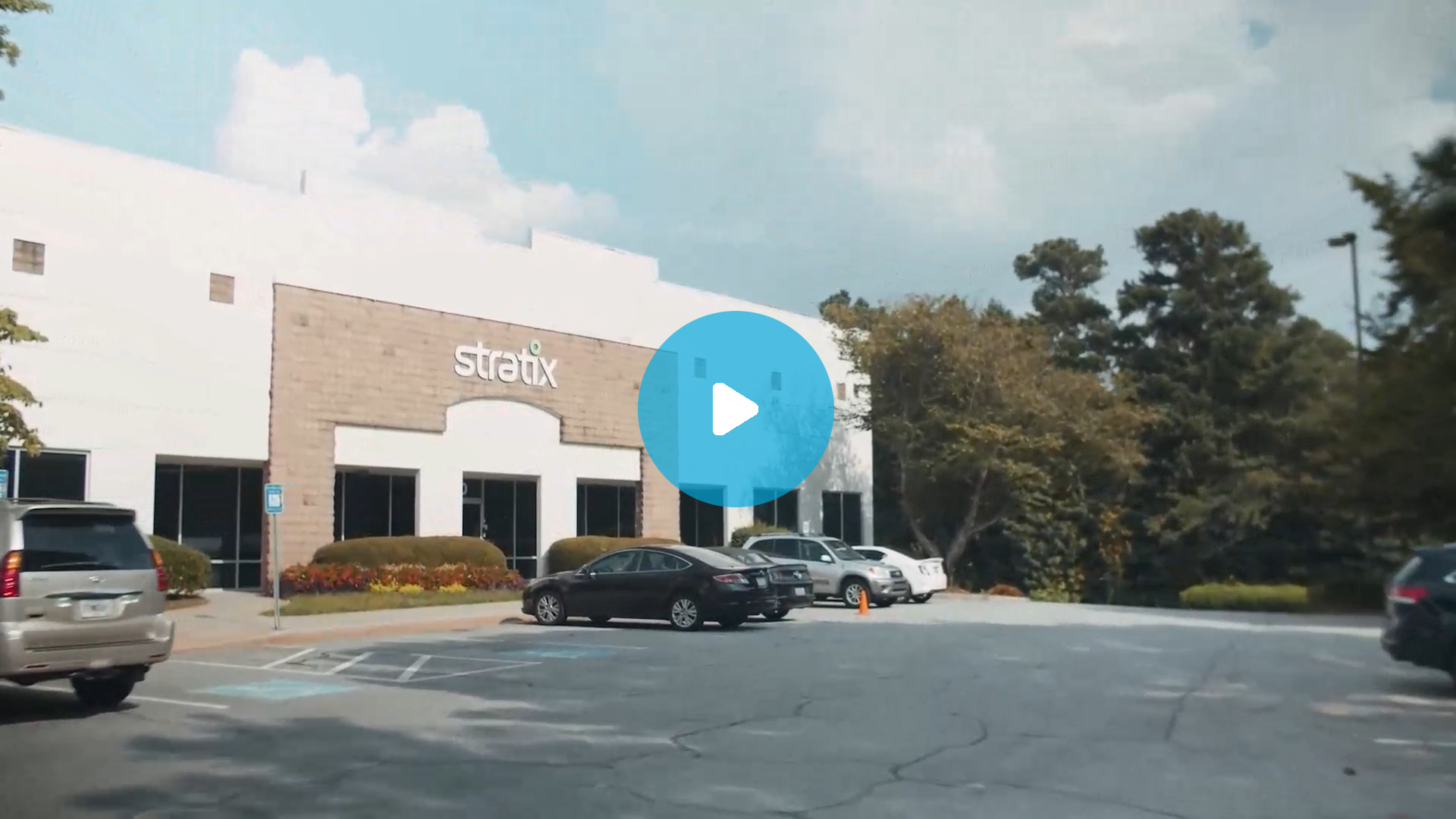Mastering Shared Mobile Device Management in Retail
Paper
Mobile technology powers the seamless in-store experiences today’s customers expect—enabling mPOS, omnichannel integration, clienteling, and faster service. So, it’s no surprise that a 2025 Verizon Business and Cisco study confirms that retailers are rapidly expanding mobile tech to boost customer experience and efficiency.
Most associate devices are shared—a smart choice for cost and flexibility—but not without challenges. This paper explores the pros and cons of shared devices, why platform choice matters, and how to manage them effectively.
The Pros of Shared Mobile Devices in Retail
Shared mobile devices offer a smart, cost-effective way for retailers to empower associates—especially in high-volume, multi-shift environments. Instead of issuing one device per employee, retailers can deploy a shared pool that supports multiple users and functions throughout the day. This approach lowers costs, improves flexibility during peak seasons, and ensures devices are always in use, not sitting idle.
1. Cost Efficiency
- Fewer devices needed across shifts
- Reduced hardware spend and idle time
- Easier to scale during seasonal surges
2. Simplified IT Management
- Fewer devices to enroll, track, and secure
- Easier compliance and inventory control
3. Fast, Flexible Onboarding
- Devices ready for use with no provisioning delay
- Role-based profiles streamline app access
4. More ROI from Premium Devices
- High-end devices used across shifts for tasks like POS, inventory, clienteling, and training
- Better utilization = higher return on investment
5. One Device, Many Roles
- Supports mobile POS, inventory management, team communication, task tracking, training, and more
- Maximizes utility and minimizes footprint
The Potential Cons of Shared Devices
Shared mobile devices offer big benefits, but also have challenges that need to be carefully managed to ensure security, accountability, and performance at scale.
1. User Friction and Lack of Personalization
- No saved settings or preferences
- Slower workflows due to frequent, multi-app sign-ins
2. Security Risks
- Shared logins can expose sensitive data
- Forgetting to log out risks unauthorized access
3. Device Availability Issues
- Not enough devices during shift changes or busy times
- Delays and reduced productivity
4. Accelerated Wear and Tear
- Heavy, constant use increases damage risk and maintenance needs
5. Complex IT Management
- Requires strong endpoint control and frequent resets
- Complexity grows when different devices are used for different workflows instead of one device across many
6. Limited Accountability
- No device ownership = more carelessness
- Devices may be lost, damaged, or left uncharged
The Right Device Makes All the Difference in Shared-Use Environments
In shared-use environments, a single mobile device supports multiple use cases for associates across shifts and tasks—making device choice critical. The right device can consolidate tools like scanners, radios, and POS systems into one powerful solution, reducing costs and complexity. But it must be user-friendly, durable, secure, and easy to manage at scale. The wrong choice creates user frustration, IT headaches, and higher total cost of ownership.
Key Considerations:
- Performance and Reliability
Devices must run smoothly all day across shifts, with strong battery life and durability. - Ease of Use
Intuitive interfaces reduce training time—especially important in high-turnover roles. - Security and User Management
Support for role-based access and user switching is essential. UEM tools help keep data secure. - Battery and Charging
Long battery life minimizes downtime and the need for spare pools. - App and System Compatibility
Devices should run core apps reliably and integrate with existing systems and peripherals.
Apple as a Retail Platform: Designed for the Frontline
In a shared device model—where multiple associates rely on the same device across shifts and roles—choosing the right mobile platform is critical. Retailers need technology that performs under pressure, secures sensitive information, and integrates easily with the tools associates use every day. Apple technology delivers on all fronts. The Apple ecosystem is built for scale, designed for simplicity, and proven in the field. From iPhone and iPad to Apple Watch, Apple devices offer a consistent, intuitive experience across form factors—making it easy for associates to get up to speed quickly, no matter their tech comfort level.

What’s more, Apple devices come with powerful enterprise features right out of the box:
- iPhone and iPad: High-performance devices with long battery life and consistent UX
- Apple Business Manager (ABM): Enables zero-touch deployment, remote management, and flexible role-based configurations
- Security and Privacy: Built-in protections like Secure Enclave, hardware encryption, and app sandboxing help prevent data breaches—and Apple’s strong security track record, including no involvement in high-profile events like the CrowdStrike outage, reinforces retailer trust
- Ecosystem Integration: Seamlessly connects with POS, workforce management, clienteling, and other retail systems
But the Apple platform value goes beyond the devices themselves. A robust partner ecosystem enables retailers to integrate Apple technology with legacy systems and business-critical apps. And whether you’re rolling out hundreds of devices overnight or piloting in a single location, getting started with Apple is simple—offering a smooth migration path that can move as fast or as gradually as your business needs.
The Apple ecosystem isn’t just a hardware choice—it’s a retail platform purpose-built to drive frontline productivity, safeguard operations, and support exceptional customer experiences at scale.
Shared Mobile Device Best Practices
A successful shared device program takes more than distributing hardware—it requires smart planning, setup, and support to avoid issues like downtime, security risks, and lack of personalization. Here’s how to do it right:
- Use Unified Endpoint Management (UEM)
Manage devices remotely with platforms like Jamf or Workspace ONE for secure, role-based access, zero-touch provisioning, remote wipe, and automated updates. - Standardize Configurations
Keep device setups consistent across locations to simplify training and support. Use naming conventions and asset tags for easy tracking. - Implement Check-In/Check-Out Systems
Assign and track devices by user or shift to promote accountability and reduce availability issues. - Plan Charging and Spare Logistics
Use charging carts or lockers and keep spares on hand to minimize power-related downtime. - Monitor Usage and Health
Leverage UEM analytics to track battery life, app usage, device condition, and compliance. - Train Associates
Teach staff how to check in/out devices, log out properly, clean them, and report issues.
With these best practices, retailers can maximize uptime, security, and ROI—creating a scalable and efficient mobile environment across shifts.
Why Retailers Need the Right Partner
Large-scale shared device programs work best with the right support. Managing thousands of devices across stores takes specialized expertise—something many in-house teams struggle to sustain. Without it, downtime, security risks, and inefficiencies increase.
Stratix brings deep experience in retail mobility, helping brands deploy, secure, and manage shared devices at scale. Our deep partnerships with Apple and leading UEM providers like Jamf and Omnissa ensure seamless integration, while our retail-specific best practices help clients avoid common pitfalls.
End-to-End Managed Mobility Services
- Device provisioning, kitting, and deployment
- Logistics for rollouts and spares
- Real-time asset tracking and lifecycle management
24/7 U.S.-Based Support
- Dedicated Apple-trained support teams
- Tiered help desk for associates and IT
- Advanced exchange programs for break/fix
Easy to Work With
- Self-service tools like ordering portals for always available devices and supplies
- 24/7 visibility of the health of your entire mobile environment with Stratix itrac360
- Preferred financing rates through Apple Financial Services
Apple Expertise at Scale
- Stratix is an Apple Authorized Reseller and Managed Service Provider
- Extensive experience managing iOS deployments for Fortune 500 retailers
- Integration with leading MDM platforms like Jamf and Workspace ONE
Final Thoughts
Implementing a successful shared mobile device program demands a comprehensive, best-practice-driven approach to avoid common pitfalls like downtime, data security risks, and support burdens. From Unified Endpoint Management (UEM) and standardized configurations to streamlined check-in/check-out systems and proactive training, each element plays a critical role in ensuring a secure, efficient, and scalable program. But executing this in-house at scale is challenging. That’s why leading retailers partner with Stratix. As an Apple Authorized Reseller and Managed Service Provider with deep expertise in retail mobility, Stratix delivers end-to-end managed services, including provisioning, 24/7 support, spares logistics, and mDaaS offerings. The result is consistent, high-performing in-store experiences and fully supported associates—ready to meet the demands of every shift.
Not sure where to start? Reach out today to book time with one of Stratix’s expert Mobile Solution Architects who specialize in retail solutions. We can analyze your use cases, goals, and challenges to recommend a program that will help you achieve your objectives quickly.













